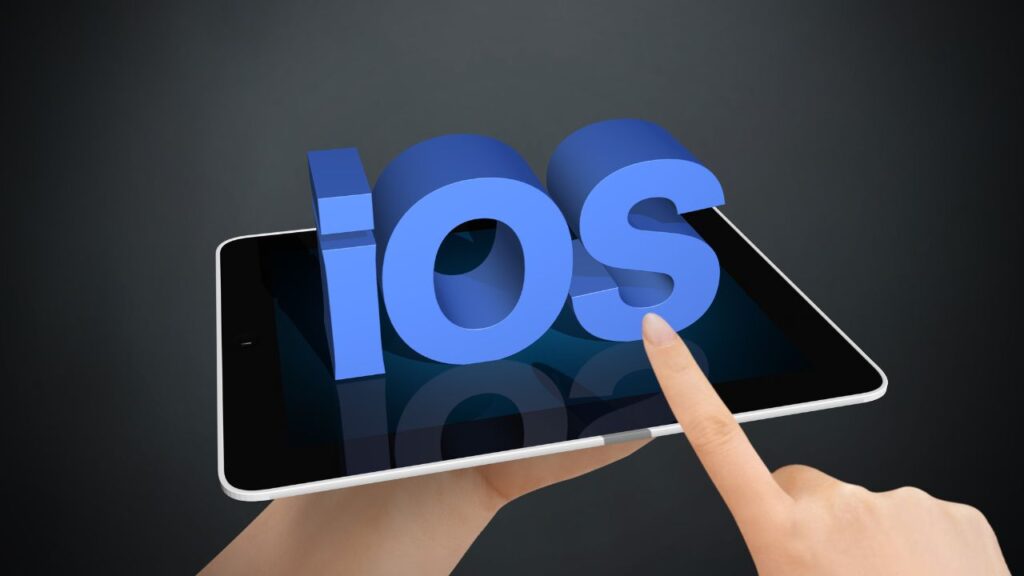In the palm of your hand, your smartphone holds a world of information. It’s a personal assistant, a communication hub, a gaming console, and much more. But in the realm of forensic investigations, your smartphone is a treasure trove of digital evidence. The question is, how does your phone’s security – particularly within the world of iPhones and Androids – impact these investigations? Let’s dive in and unravel the intricacies of device security on these two platforms.
Understanding the Forensic Landscape
Digital forensics, at its core, is the practice of recovering and investigating material found in digital devices. As our reliance on smartphones has grown, so too has the significance of mobile phone forensics. Whether it’s for a criminal investigation or a civil dispute, the data stored on these devices can often make or break a case.
But not all smartphones are created equal. The security measures employed by Apple’s iOS (the operating system powering iPhones) and Google’s Android OS differ greatly, leading to unique challenges and considerations in the realm of digital forensics.
The Walled Garden: iPhone’s Approach to Security

Apple’s philosophy towards security can best be described as a “walled garden.” In other words, it’s a tightly controlled, closed ecosystem where apps and processes have to abide by strict rules to operate. This approach provides users with a high level of security but presents obstacles for forensic investigators.
Encryption and Data Protection
At the heart of Apple’s security is encryption. Every file stored on an iPhone is encrypted using a unique key, which is tied to the user’s passcode. This level of protection ensures that even if data is physically extracted from the device, it remains useless without decryption.
Additionally, Apple employs a secure enclave, a separate co-processor that handles encryption operations and protects sensitive data like fingerprints or FaceID information. While this feature enhances the security of user data, it poses significant challenges for forensic analysts who need to access this information.
iCloud and End-to-End Encryption
Apple also offers end-to-end encryption for iMessage and FaceTime, ensuring that only the sender and receiver can access the content. Moreover, iCloud backups are encrypted on Apple’s server, making it difficult to access this data without the user’s credentials. These encryption strategies further fortify the security of user data but can complicate the recovery process during forensic investigations.
The Open Frontier: Android’s Take on Security

Android takes a fundamentally different approach to security. Its open-source nature allows for greater customization and flexibility, but it also opens doors for potential vulnerabilities.
Sandbox and Permissions
Android uses a sandbox environment for apps to run within. Each app operates in isolation, unable to access system resources or data from other apps without explicit permissions. This approach protects user data from malicious apps but can hamper the recovery of data during forensic investigations.
Diversity and Fragmentation
The diversity of Android devices and the fragmentation of its operating system versions present another challenge. Different manufacturers often customize Android to their liking, leading to variations in security features and data storage methods. This diversity means that forensic analysts must adapt their strategies to each specific device and OS version.
Google Play Protect
Google incorporates a security service known as Google Play Protect into Android devices. This feature periodically scans apps on the device to ensure they’re free from harmful behavior. While this service boosts Android’s security profile, it may also hinder the retrieval of potentially valuable forensic data from malicious apps.
The Forensic Implications
When it comes to forensic investigations, both the walled garden of iPhone and the open frontier of Android present unique challenges. The strong encryption and tight control of iOS make data extraction a daunting task. Conversely, while Android’s open nature might allow for more avenues of data extraction, its diversity requires a broader range of tools and expertise.
For both platforms, cloud backups offer another potential source of evidence. However, accessing this data often requires user credentials or cooperation from the service providers, which may not always be possible in every investigation.
Best Practices for Mobile Device Security in Forensics

Given these challenges, it’s crucial to follow best practices when conducting forensic investigations on smartphones:
1. Secure the Device:
As soon as a device is seized, it needs to be secured to prevent data alteration or deletion. This could involve placing the device in airplane mode or using a Faraday bag to block signals.
2. Document Everything:
Every action taken should be documented in detail to maintain a chain of custody and ensure the admissibility of the evidence in court.
3. Use Trusted Tools:
Forensic analysts should use trusted, up-to-date tools that are capable of handling the latest security features of both iOS and Android.
4. Stay Updated:
Given the rapid evolution of smartphone technology, continuous learning is essential. Analysts should stay updated on the latest developments in mobile security and forensics.
5. Collaborate with Experts:
Often, forensic investigations require a multi-disciplinary approach. Collaboration with cybersecurity experts, legal professionals, and others can provide valuable insights and help navigate complex investigations.
6. Respect Privacy:
Forensic investigators should always respect the privacy of individuals. Any data extracted should be used strictly within the boundaries of the law and ethical guidelines.
In conclusion, the realm of mobile forensics is a complex one, with the security features of iPhones and Androids playing a significant role in shaping investigative strategies. By understanding these intricacies and following best practices, forensic analysts can effectively navigate this challenging yet fascinating landscape. As we continue to rely more on our smartphones, the importance of mobile forensics will only grow – making it an exciting field to keep an eye on
